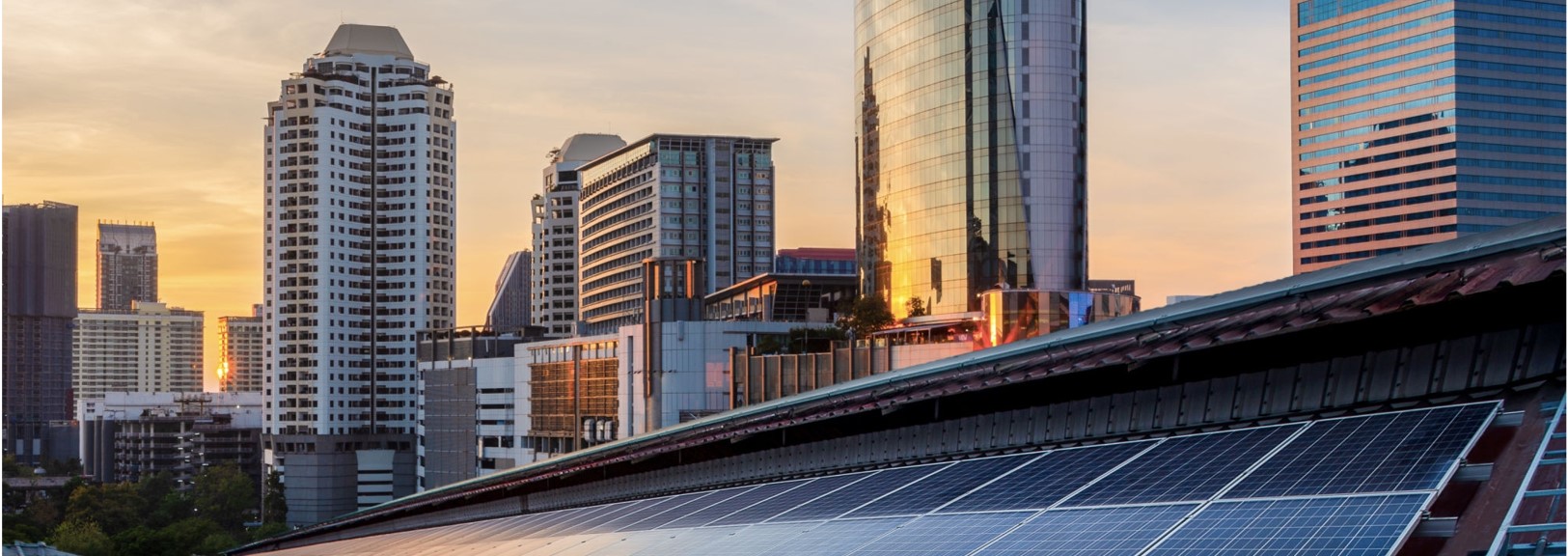The current crisis is a defining moment for modern society. It is a stark reminder of our vulnerability and interdependence in face of global threats. Let’s consider it as a turning point towards building a more resilient and sustainable future.
A stark reminder of our vulnerabilities

The crisis has exposed the vulnerability of humans
In a matter of weeks, a new virus has led to an unprecedented health crisis. From a local epidemic to a global health crisis. Its infection speed and scale have surprised all. But through tremendous global efforts from the healthcare workers saving lives in the frontline and those who are maintaining critical infrastructure uptime so we can stay connected, we are finally starting to see new cases of infections flatten in parts of the world. As we prepare for the future, infrastructure improvements will be crucial for overcoming future crises.
The crisis has exposed the fragility of our economies
The health crisis has forced our society to take drastic measures. At its peak nearly half of humanity was confined. once populated cities are now vacated and occupied by emptiness. These measures triggered an unprecedented global economic crisis, plunging the world economy into a recession with deep consequences. Unemployment claims reached 22 million in the United States in four weeks. And projections from the International Monetary Fund indicate that the economy can contract at a scale that we have not seen since the Great Depression. As we plan for a recovery, how we plan our post crisis future could be a defining moment.
A turning point towards building a more resilient and sustainable future
The world that will emerge from this crisis will look different. Everything we do post crisis must be with a strong focus on building a more resilient and sustainable future.
The crisis has highlighted that health is paramount
The crisis has exposed serious gaps in our healthcare system, both in developed and emerging countries. Even countries with leading healthcare infrastructure and the highest number of beds per 1,000 people are facing challenges due to the health crisis. It has also shown that a too extended supply chain for medicines, healthcare materials, not to mention personal protective equipment, could threaten the best pandemic mitigation plans due to critical supply shortages.
To prepare for the next health disaster, massive investments need to go towards healthcare systems. This means prioritizing investments into public health infrastructure such as hospitals, clean water and sanitation. And as the ageing population (those age 60 and over) is expected to grow from 962 million in 2017 to 2.1 billion by 2050, current healthcare infrastructure needs to scale rapidly.
The crisis has dramatically accelerated the digital transformation of our societies
During the crisis, we have experienced a gigantic fast forward in digitization. Video conferencing has kept us connected despite the lockdown. Class continuation was made possible with online platforms such as Google Classroom (who saw an amazing user growth of 50 million to 100 million users from March to April). Most businesses have adopted some sort of teleworking. Similarly, building owners and operators are leveraging digital tools allowing offsite monitoring to prioritize maintenance operations when access to their facility is severely restricted.
Post crisis let’s build on this momentum for more resiliency and sustainability. Transport emissions, which currently make up for 23% of global carbon emissions, can be reduced by leveraging digital tools. And further digitization can help businesses prepare for future disruption. This new digital life will require investments into new digital infrastructures and a revolution to the electrical backbone that supports it for resilience.
The crisis has taught us a valuable lesson about the notion of “flatten the curve”
“Flatten the curve” – it is a simple and clear message: act now or face dire consequences. As we move on to the new normal, this is the defining moment where we can apply this principle to our fight against climate change. The next ten years are critical in determining if our battle will be won or lost. Solutions are available now. We urgently need to accelerate and scale up.
As governments look for ways to rebuild the economy and work towards a resilient and sustainable future, now is the time to commit to a clean energy transition. This means an all-electric transition to renewable energy, and all-digital approach to build scale and bring efficiencies.
The health crisis has taught us that global cooperation is needed to tackle global challenges. The climate battle cannot be won alone. We need to work together to “flatten the curve” for climate change.
Healthcare, digitalization, and climate change need to be our priorities
The current crisis is forcing our society to take a hard pause. On the one hand, this episode has exposed our vulnerabilities in the face of global threats. On the other hand, it has offered many of us a unique chance to slow down and think about how we could avoid similar catastrophes. As we plan for a resilient and sustainable future, we need to focus our efforts towards improving our healthcare systems, accelerating digitalization, and continuing our fight against climate change. Let’s learn from the current crisis and turn it into opportunity for a better future!



